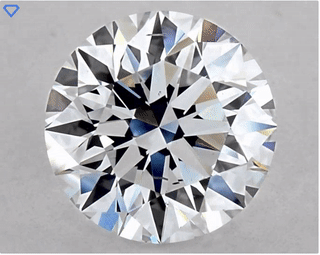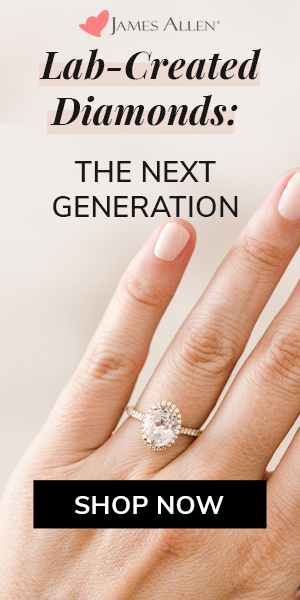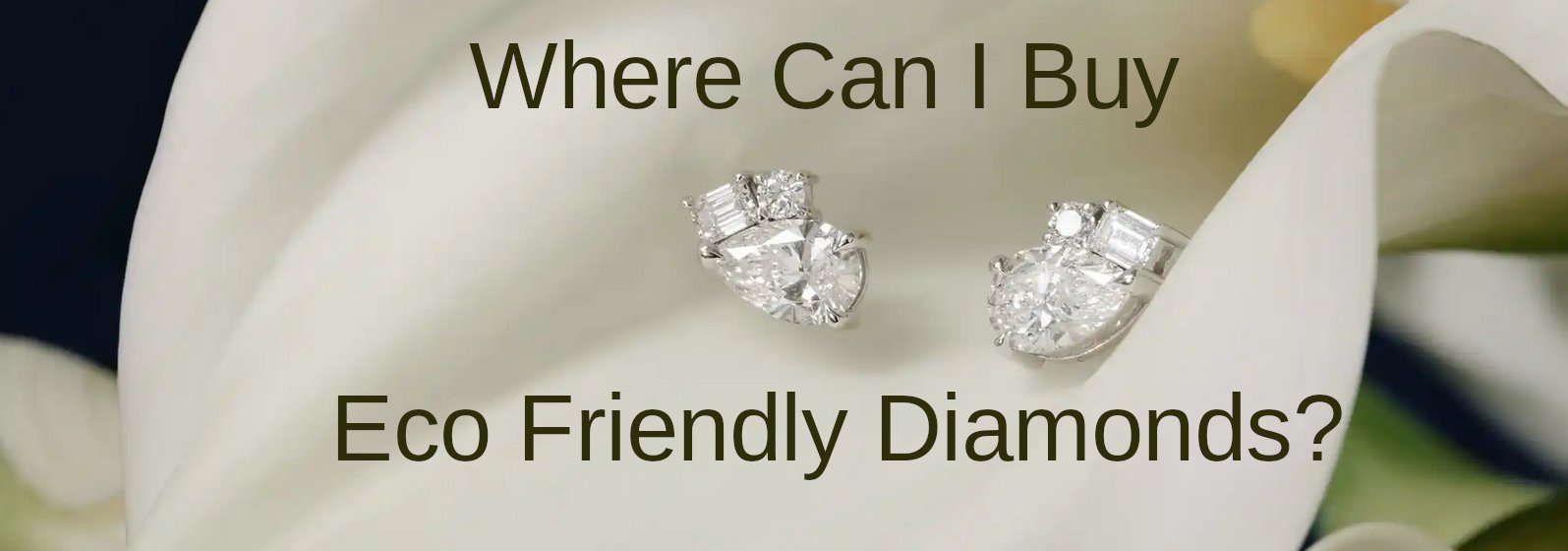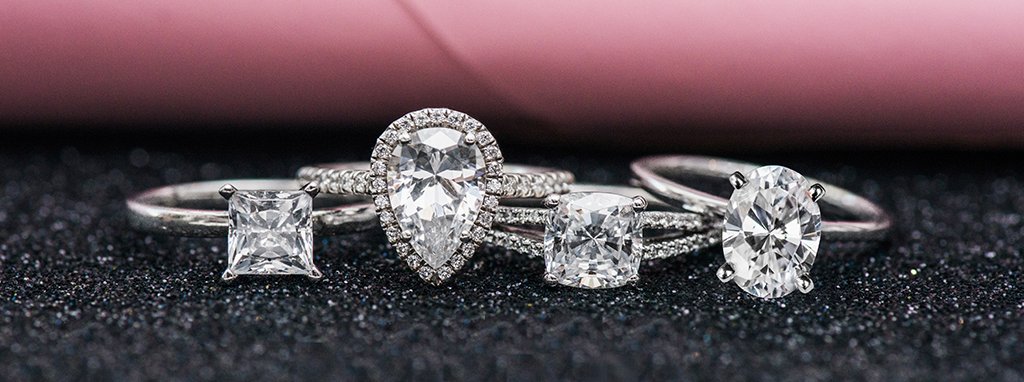Q Hi DiamondBuyingAdvice,
I have been hearing about something called Blue Nuance in lab diamonds and was wondering if you would be able to clear up for me what it is and it it’s good, bad, or ugly.
DM Jr.

Blue Nuance Explained
A When a diamond has a faint amount of blue it is said to have Blue Nuance. Color in any diamond is the result of light interacting with an impurity in the diamond. Trace amounts of boron or nitrogen in a diamond produce color. The amount of such defects or impurities can be so small as to seem negligible: about one per million of lattice atoms. But this is enough to make a diamond not look completely clear. Blue hue in diamonds is the result of trace amounts of boron being present within the crystal structure whereas nitrogen creates a yellow hue. The famous Hope diamond is probably the most well known example of a blue diamond. That diamond has a concentration of boron which ranges from zero to 8 parts per million.
If a diamond has blue nuance you can be pretty sure that it was grown using the HPHT method of creating diamonds.
Blue Nuance: Good or Bad?
In general people have been shown a preference for diamonds that don’t display distinctive blue nuance when given a choice. After all, the clear colorlessness is one of the most fascinating aspects of diamonds and, with the exception of fancy color diamonds, the less color a diamond exhibits the greater its desirability. However there isn’t any evidence to indicate that diamonds with blue nuance are that much harder to sell than diamonds that do not have blue nuance. As long as the diamond cut is excellent blue nuance is relatively low on the list of concerns. Of course when it is pointed out, and there is a choice between two diamonds of equal quality on all other counts people do tend to go for the diamond that does not have blue nuance.
How Do I Know if a Diamond Has Blue Nuance?
The example I have included above is of a diamond that has unmistakable blue nuance. The diamond’s grading report mentions Blue Nuance.
A diamond may have lower levels of blue nuance which does not get mentioned on a diamond’s grading report. It’s up to you in that case to determine if it bothers you or not.
Do Labs Report Blue Nuance?
There have been rumors on the internet that grading labs stopped mentioning blue nuance after the growers complained, however the fact that diamond grading reports are still reporting blue nuance indicates that this is not the case.
Blue nuance is mentioned on grading reports issued by IGI, either as Blue Nuance, or as Faint Blue. At the time of writing this article I have not seen Blue Nuance mentioned on GIA reports for lab grown diamonds.
How Do I Avoid Blue Nuance?
There are a few strategies you can use to avoid diamonds with Blue Nuance.
- Check the diamond’s grading report for mention of Blue Nuance, usually found under “Comments” or “Additional Information”. Of course this will not always help, as some labs don’t mention Blue Nuance on their lab diamond grading reports.
- Scan images for a high amount of blue. For this to be of any help you’ll have to be certain that the diamonds listed are all photographed under the same conditions, as James Allen does.
- Extend your search to not only include HPHT diamonds. CVD diamonds don’t exhibit Blue Nuance. CVD diamonds tend to have a brownish hue, so merely switching to CVD diamonds in your search will not solve the color problem.
Does Blue Nuance Affect Price?
From what I can tell, no, blue nuance is not factored into the price of diamonds. Yet. There is no evidence to suggest that the presence of blue nuance has any effect on diamond price. It remains to be seen if this will continue indefinitely. This fact alone indicates that blue nuance has not been a big deterrent for consumers.
Send in your question
If you are looking to buy any type of diamond jewelry online you are welcome to send in any questions you may have.
As an affiliate of the some of the world’s finest jewelers I am motivated to find the right purchase that is perfect just for you. Every person has specific needs and every jeweler has specific areas in which they excel.

Thomas J Stevens GIA DG CSG






1 Response
[…] These two main methods commonly used in the creation of lab diamonds, that is CVD and HPHT, each tends to produce diamonds with differing hues. HPHT diamonds can have some metallic flux which remains trapped within the diamond material and this can give it a grayish hue. The presence of boron in HPHT diamonds can give them a slightly bluish tinge. Some diamond grading reports will mention “Blue Nuance” though some diamonds do have blue nuance without it being mentioned on a diamond’s grading report. See my article on Blue Nuance for more detail on this interesting phenomenon. What is Blue Nuance In Lab Diamonds? Is It Good or Bad? […]